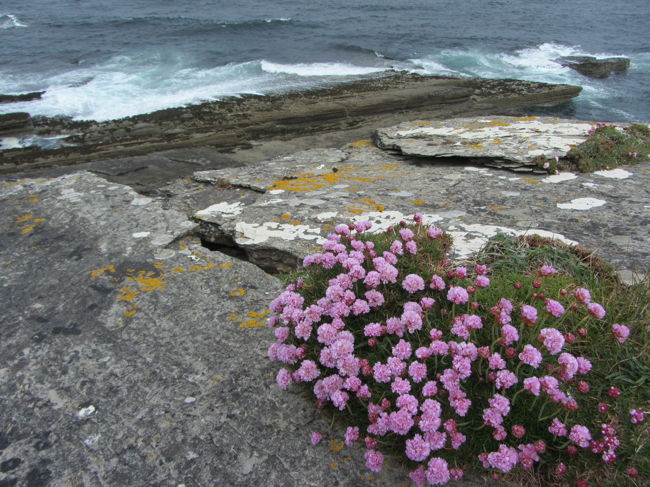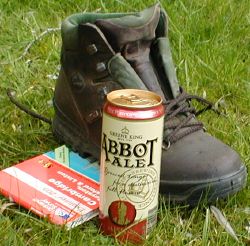
INDEX
______________
Dunnet Head, Caithness
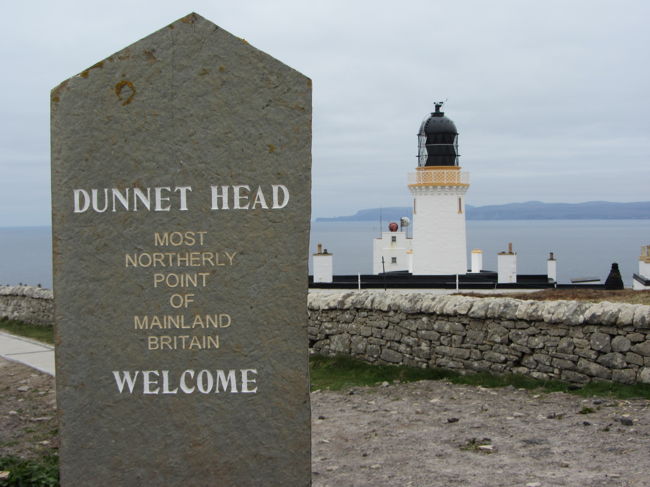
It's 650 miles from my home in Cambridge to Thurso, the furthest north town in the UK and a major town in the county of Caithness. So it deserved a special journey - 14 hours by train, changing at Peterborough, Edinburgh, Perth and Inverness.
Thanks to Walking World (id=3713) I found an 8 mile walk (plus 4 miles from the bus stop) around Dunnet Head, which is the furthest north point on mainland Britain. I spotted this charming hen house on the way.
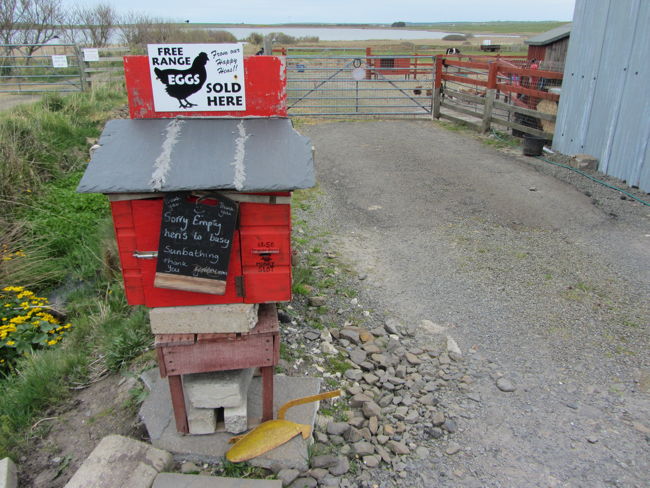
The lighthouse is no longer manned and the buildings are private, so in some ways the destination is a disappointment, but there are remains of WWII buildings and the fact that the lighthouse, built by Robert Stevenson in 1831, is still firmly here is an achievement in itself.
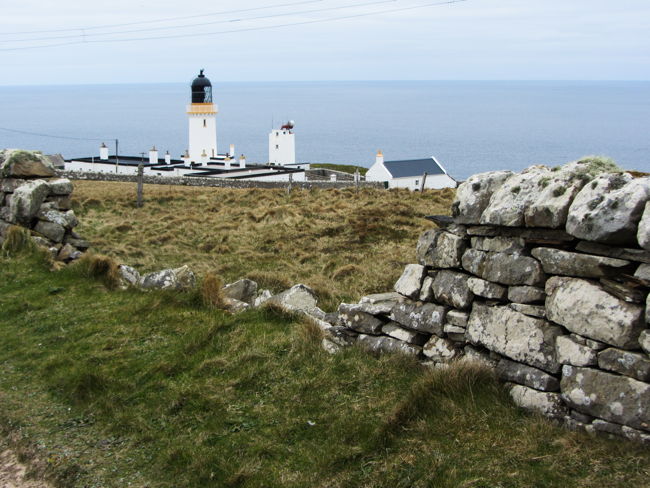 The walk from the Head is anti-clockwise, clinging to the coast with continuous cliff-edge views and Orkney's Old Man of Hoy distinctive in the background. The trail is very much on sheep tracks, occasionally boggy, usually wind-swept but quite invigorating.
The walk from the Head is anti-clockwise, clinging to the coast with continuous cliff-edge views and Orkney's Old Man of Hoy distinctive in the background. The trail is very much on sheep tracks, occasionally boggy, usually wind-swept but quite invigorating.
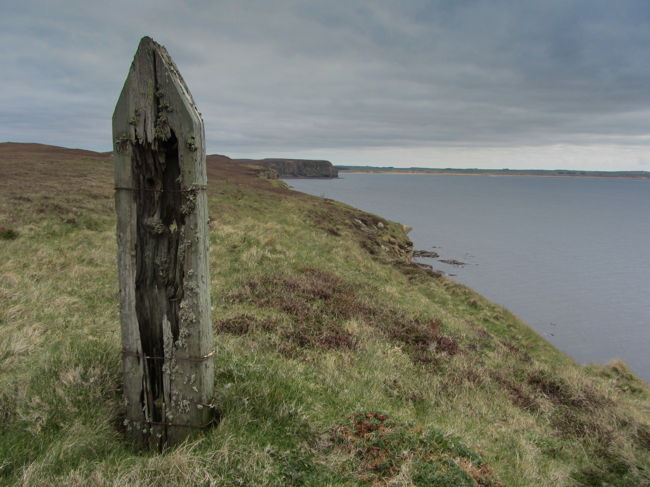
Dwarwick Pier was apparently a landing place for members of the Royal Family visiting the Castle of Mey, and nearby is Mary Ann's Cottage, a croft left in its original state (unfortunately closed when I visited).
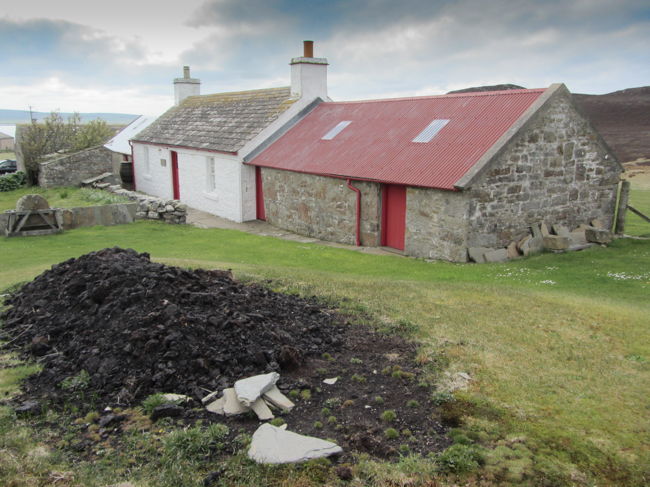
The following day I took a shorter walk, again along the cliffs, but from Thurso to Castletown (Walking World id=4336). Similar to the Dunnet Head walk this was again mainly on sheep tracks and passed WWII tank traps and gun emplacements.
Of interest also is evidence of the Caithness flagstone industry. The flat layers of exposed rock are ideal for use as flagstones for floors and are used also as field walls and roof tiles. Castletown has a flagstone museum showing how James Traill began the industry in 1825.
When I reached Murkle beach the sun was out and I relaxed in the dunes for a while before breaking off due south to reach the road and a bus back to Thurso.
